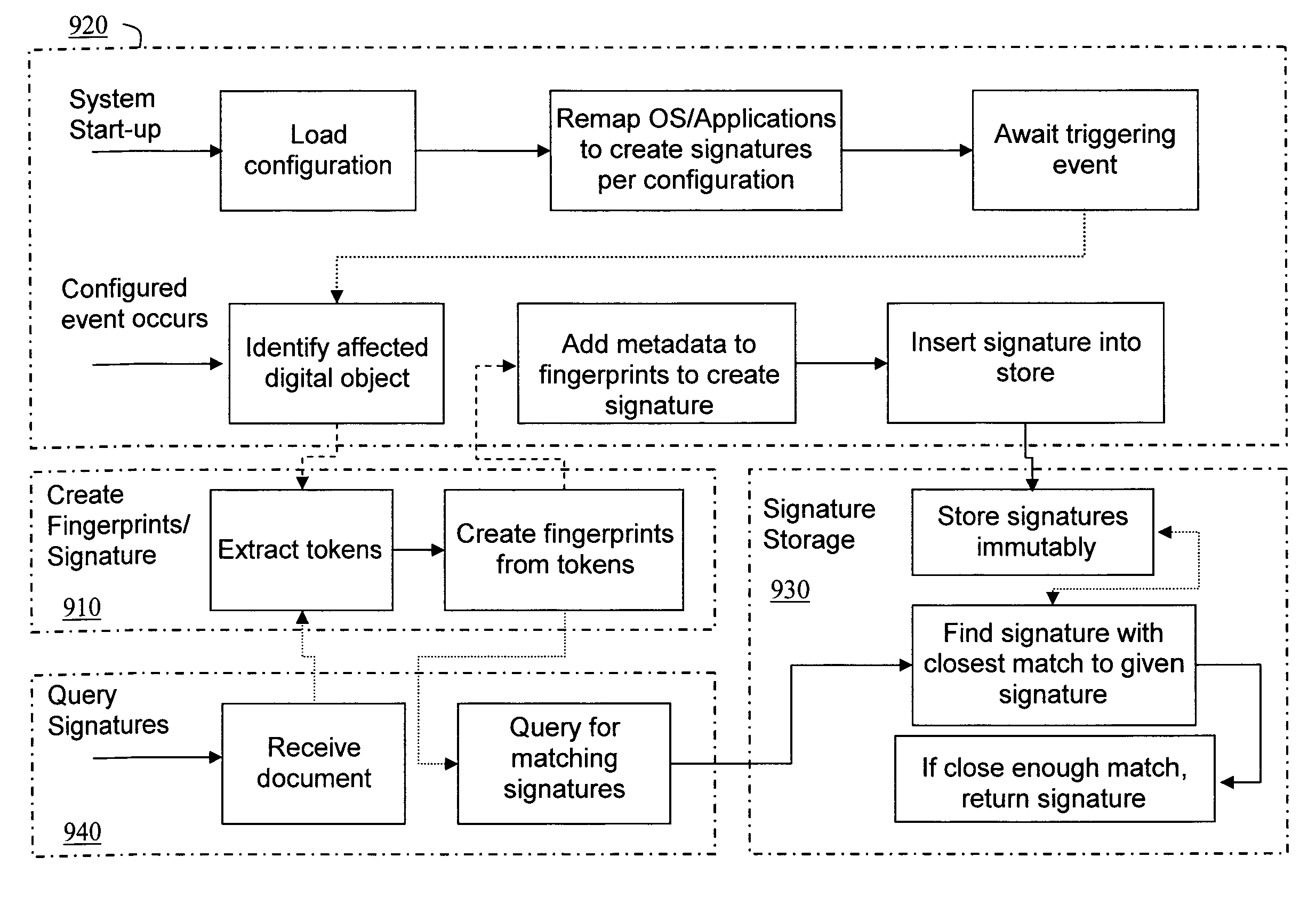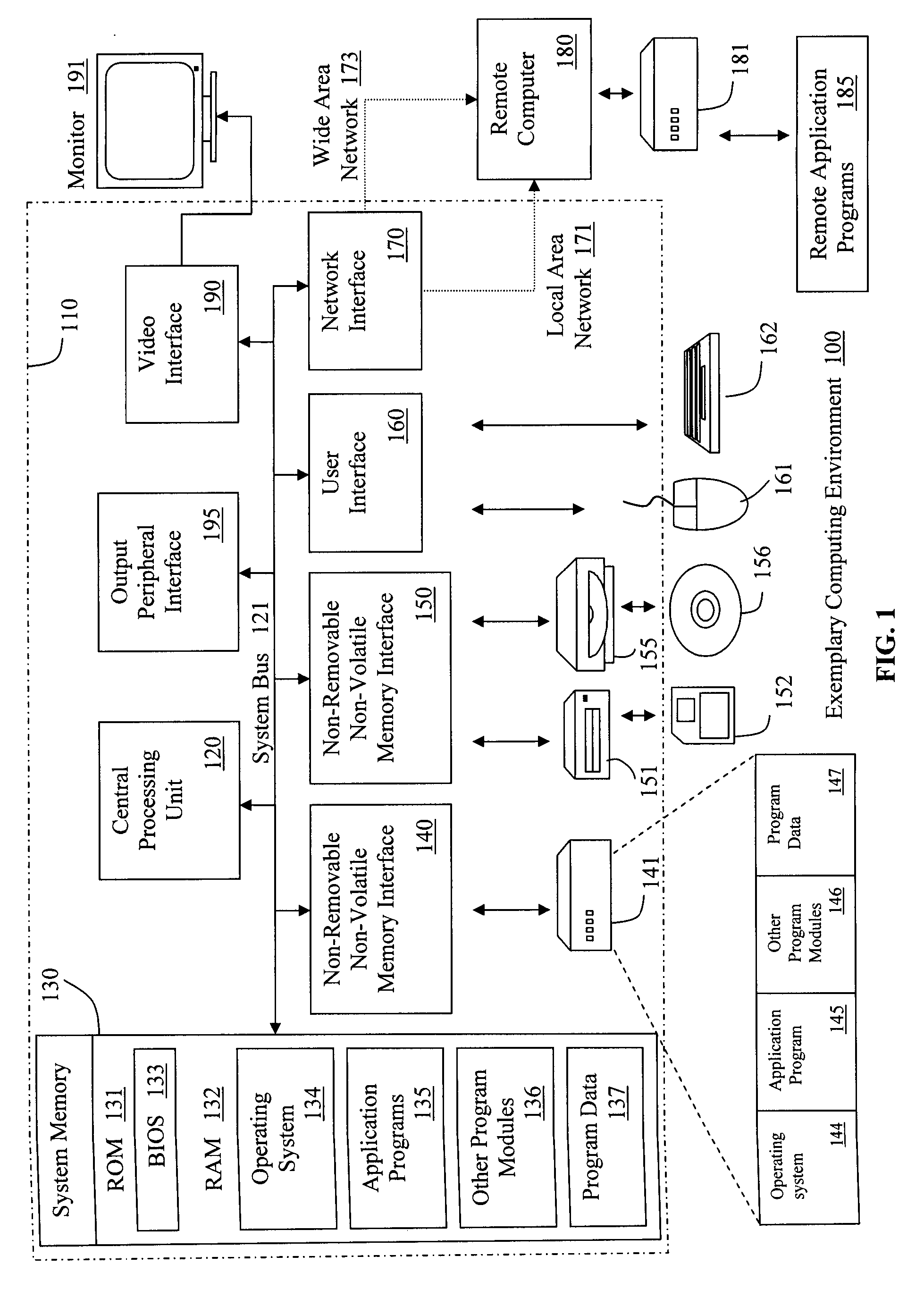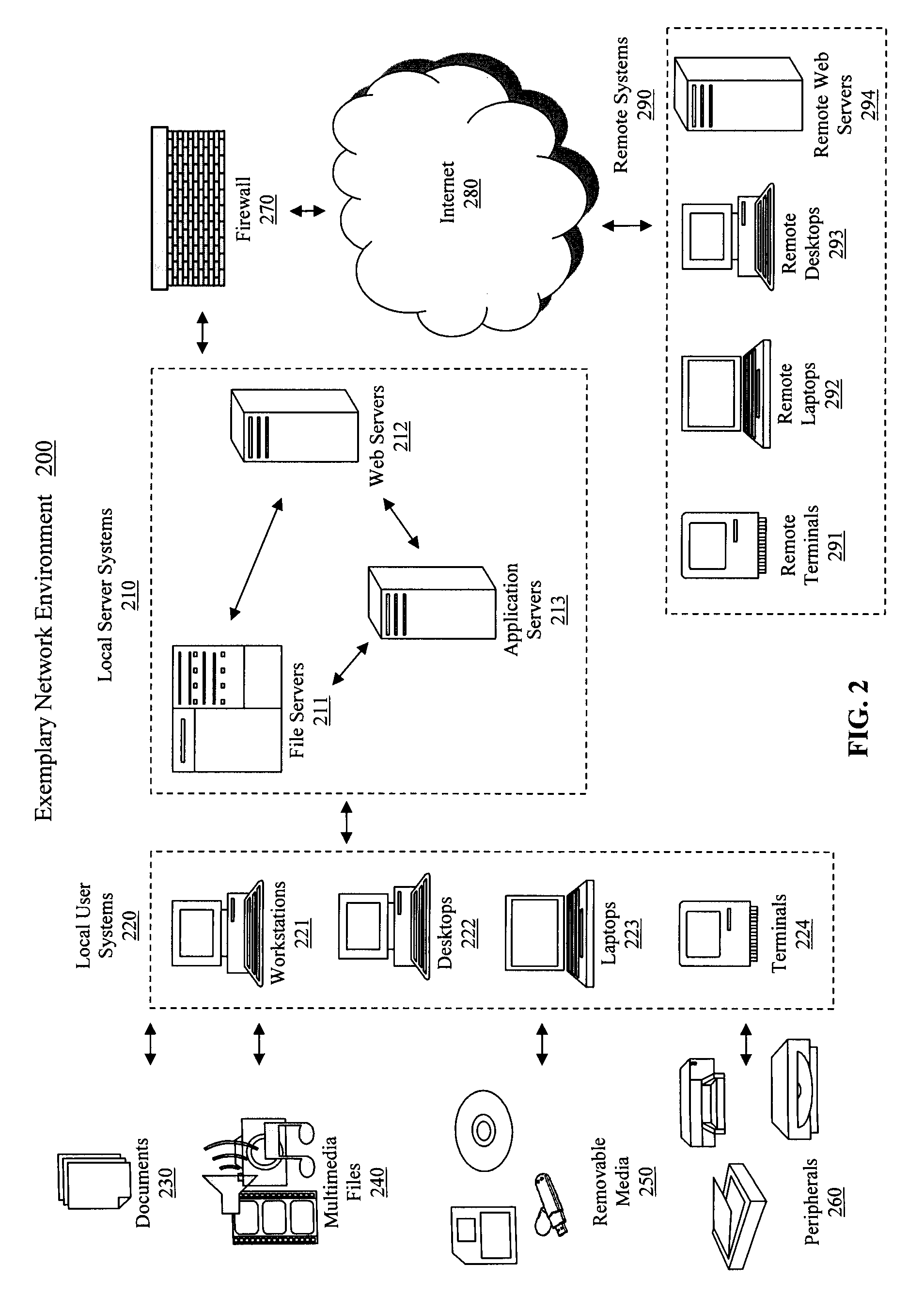Like revolutionary technologies before it, the great advancement of computer systems,
information technology and
the Internet carries enormous potential both for advancement and for abuse.
Unfortunately, criminals
exploit these same technologies to
commit crimes and harm the safety, security, and privacy of the society.
A survey conducted by the
Computer Security Institute in 2007 revealed substantial increases in computer crime.
And unlike more traditional crimes, computer crime is especially difficult to investigate.
These criminal and terrorist activities leave behind a trail of
digital evidence.
A
delay in identifying suspect data occasionally results in the dismissal of some criminal cases, where the evidence is not being produced in time for prosecution.
The cost of the analysis is high.
It usually requires a long analysis time taking from days to weeks.
Because it is a manual process, there is potential for
human error resulting in missed data and missed discovery.
In addition, when facing a complex investigation that involves a large number of computer systems, it is difficult to determine what systems to analyze.
This may have two undesirable results: expending limited time and resources on useless systems, or missing systems that contain vital information.
The tremendous increase in data exacerbates these problems for forensic investigators.
Presently, there is no effective means to quickly sort through the amount of data based on the content of the data, and identify documents and files of interest for further detailed examination.
However, abuse of the computer
system also involves the same processes of creation, manipulation, transfer, and communication of information, albeit unauthorized or illegitimately.
While a majority of all computer attacks enter via
the Internet, the most significant of all dollar losses stem from internal intrusions.
Common risks for a corporation may be theft of trade secrets and other privileged information, theft of customer or partner information, disclosure of confidential information, and disclosure of trade secrets and other valuable information (designs, formulas etc.).
Corporations may also incur liability or
exposure to risks when unauthorized contents are stored in the computer systems, such as child pornographic material, or pirated copies of media or
software.
This structure lulls the business managers into a false sense of security.
Many employees are restricted in their access to sensitive data, but
access control is usually not easily fine tuned to accommodate the ever changing assignments and business needs of all the employees.
This may place them in positions to reveal information to others that will damage the company or directly sabotage a company's operations in various ways.
IT employees who are disgruntled, angry, or seeking to steal information for profitable
gain, may attempt to steal sensitive digital information which could lead to substantial losses for the organization.
A laid-off employee is a prime source of potential leakage of such information.
However, these tools weren't designed for intrusion prevention.
They rely on file-specific content recognition and have
scalability and maintenance issues.
However, using hash systems to identify conclusive or known suspect files faces several challenges.
The hash method cannot be used to identify files that have been altered, whether minimally or substantially.
They are therefore not able to identify derivative files, files that contain common contents but are arranged or formatted differently or contain more or less other content.
For the same reason, hash analysis is not effective against
multimedia files (image, video, and sound).
As a consequence, an individual using these files to
commit crimes may escape hash based detection and prosecution.
 Login to View More
Login to View More  Login to View More
Login to View More 


